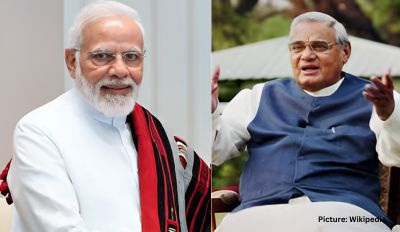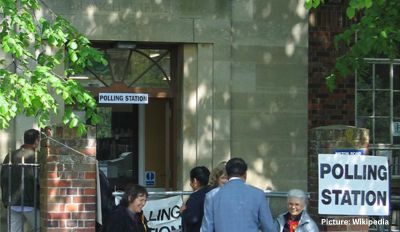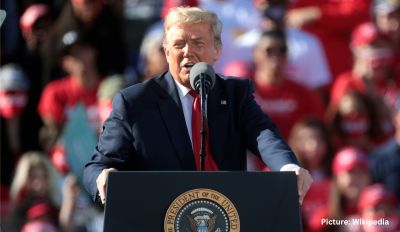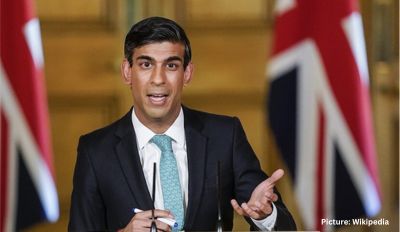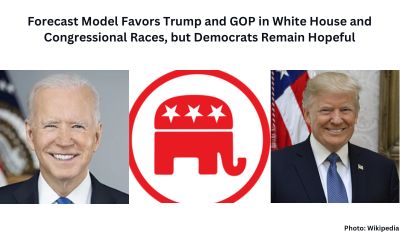In the realm of U.S. presidential elections, the dominance of Democrats and Republicans is a steadfast norm. However, current polls are indicating a noteworthy exception: Independent Robert F. Kennedy Jr. is garnering higher support than any third-party or independent candidate in recent memory, potentially influencing the outcome of the 2024 election.
A Quinnipiac University poll reveals Kennedy’s significant standing, reaching 22% among registered voters. This statistic is remarkable, prompting a comparison with historical data. The last independent candidate to surpass the 20% mark within a year of the election was Ross Perot in 1992, ultimately securing 19% of the popular vote. Typically, independent or third-party candidates witness a decline in popularity as elections draw near. For instance, John Anderson’s 1980 campaign, initially polling above 20%, resulted in a mere 7% of the votes in November. George Wallace, a third-party candidate in 1968, peaked at 21% in pre-election polls but received 14% in the actual vote.
The uniqueness of Kennedy’s position lies in joining this exclusive group of non-major-party candidates who achieved over 20% within a year of the election. While the final outcome for Kennedy remains uncertain, his numbers in swing states are noteworthy. New York Times/Siena College surveys indicate Kennedy’s support ranging from the high teens to over 25% in the six closely contested states that Biden won in 2020 over Trump: Georgia, Arizona, Wisconsin, Pennsylvania, Nevada, and Michigan.
These polls have added complexity to the electoral landscape. Notably, Trump outpaced Biden in five of these states among registered voters and in four among likely voters, leading to potential victory for Trump if the results mirrored these polls. However, when Kennedy entered the equation among likely voters, Trump only led in Georgia and Nevada. The previously clear Trump advantage became a muddled scenario with no distinct frontrunner in the Electoral College due to Kennedy’s influence.
Kennedy’s impact is evident in reshaping the electoral dynamics. Both Biden and Trump had unfavorable ratings in the high 50s in the Times/Siena poll, reflecting their status as historically disliked front-runners. The emergence of other independent and third-party candidates, such as Cornel West and Jill Stein, further emphasizes the dissatisfaction with major parties. West secured 6% and 4% in recent Quinnipiac and CNN/SSRS surveys, respectively. Jill Stein, announcing her 2024 Green Party nomination bid, gained 1% nationally in 2016 but made notable strides in key states.
Moreover, the decision by West Virginia Sen. Joe Manchin not to seek reelection and his earlier contemplation of running as a third-party candidate indicates a growing trend of non-major-party candidates entering the fray. Manchin polled at 10% as a No Labels candidate in a summer PRRI poll.
While these non-major-party candidates may not be frontrunners for victory, their significance lies in their potential to capture a substantial share of the vote from disenchanted Americans. With both major-party candidates facing high unfavorability ratings, the ultimate winner in 2024 might secure victory with less than a majority. Political analysts need to consider the substantial support for candidates like Kennedy, surpassing 20% in polls, as a potential indicator of the direction the 2024 election might take.



